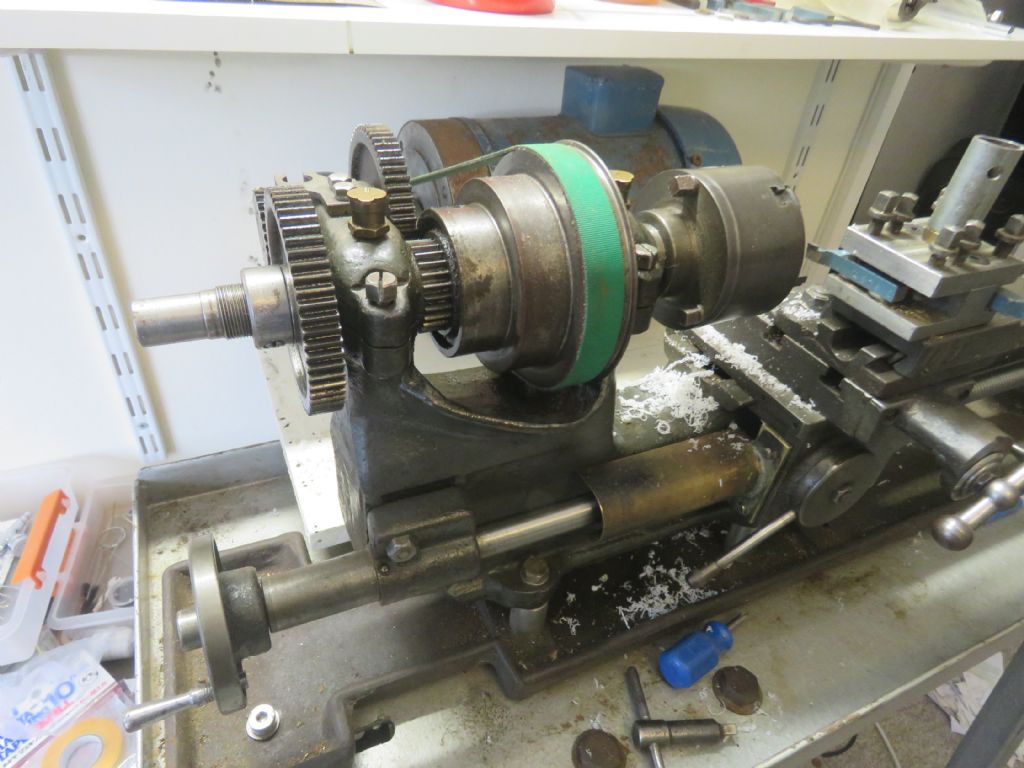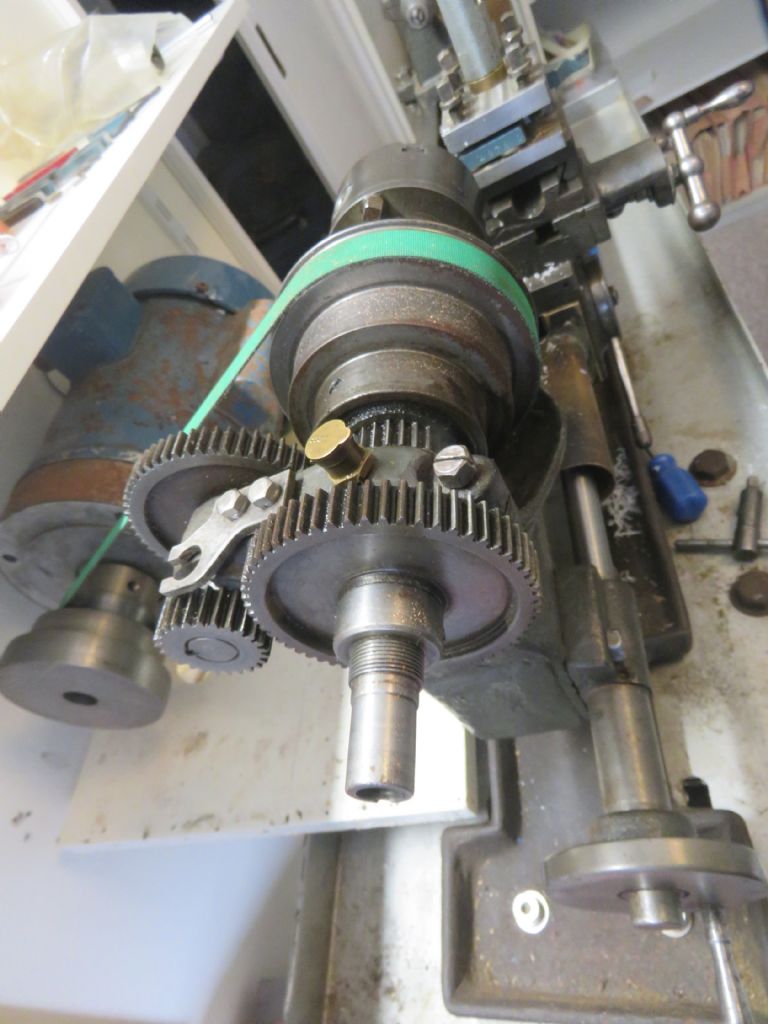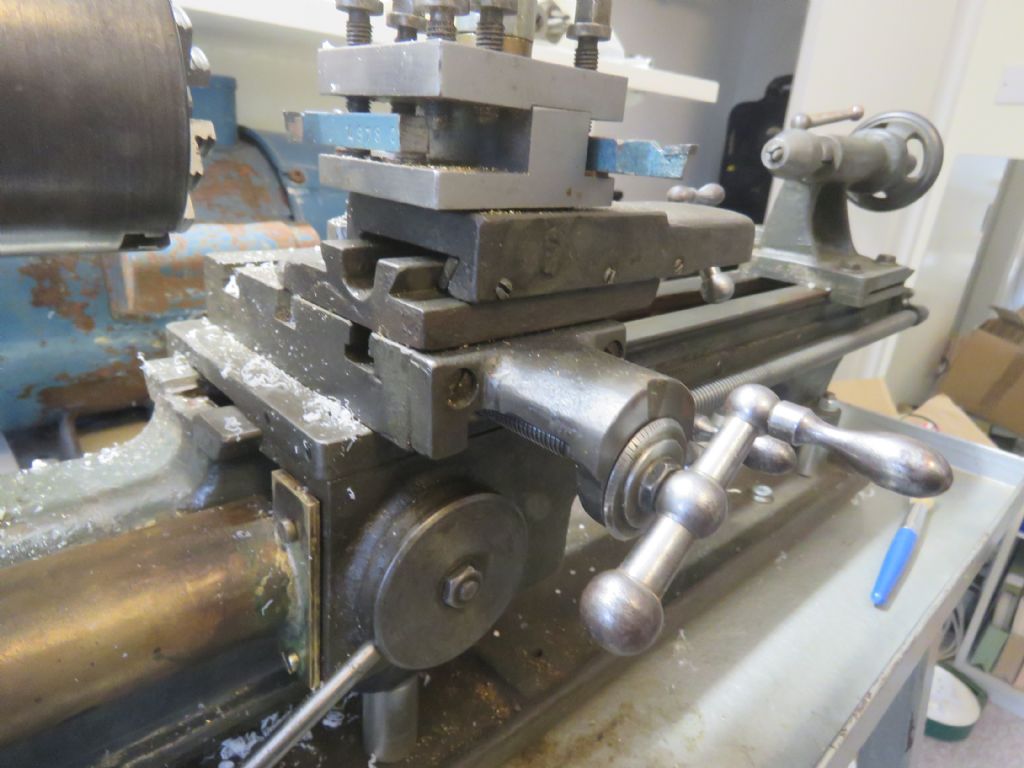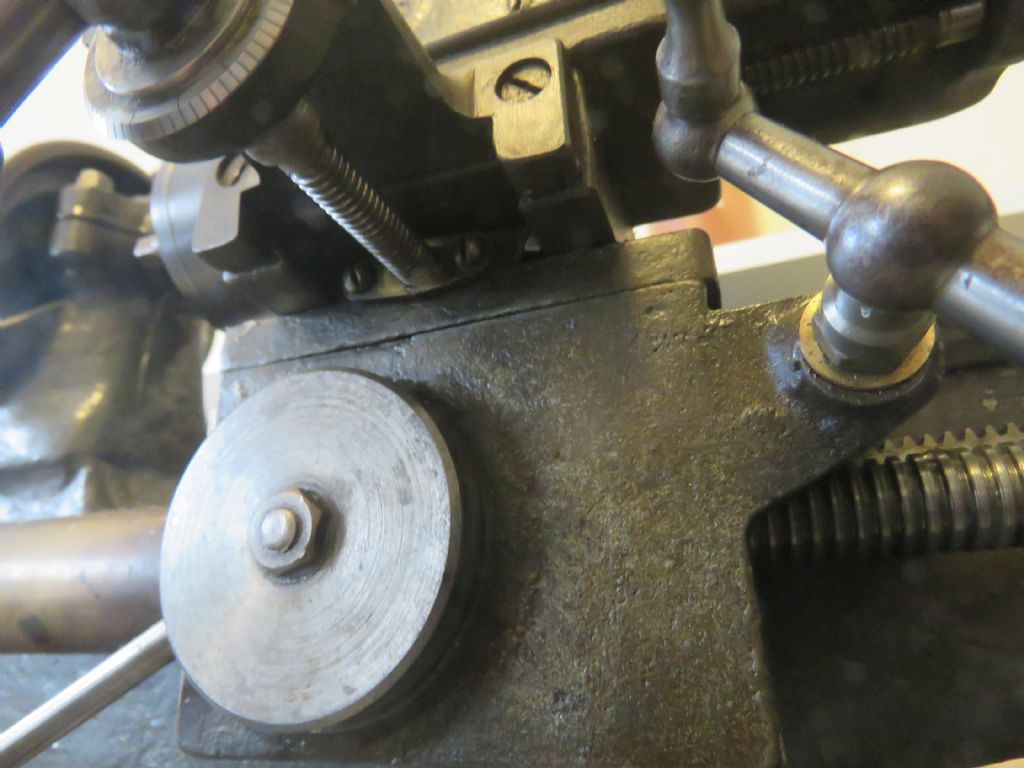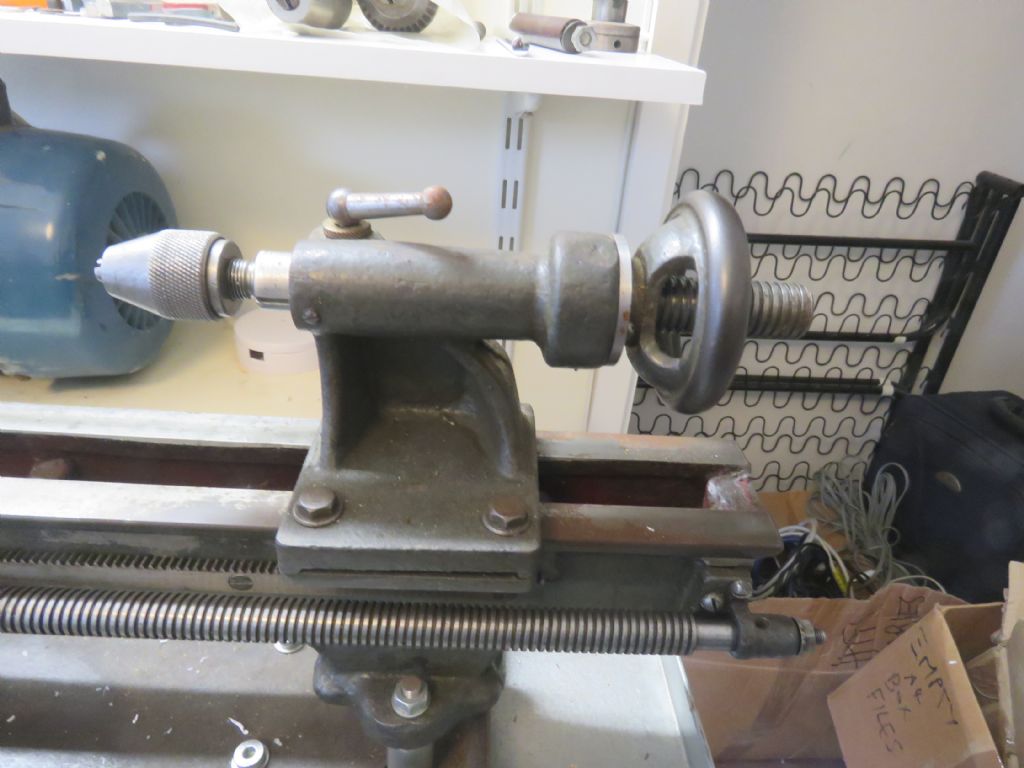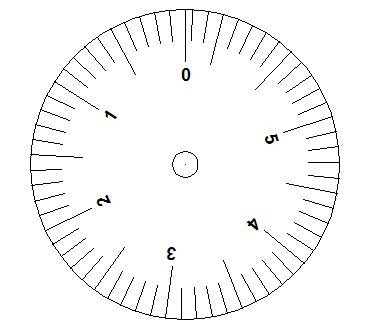Hi Arthur,
In my experience, having made at least five, (For toolbits varying from 1/8 to 5/16" ) before buying "The genuine article" from Eccentric Engineering, they work extremely well, capable of sliding or facing without problems, and with a fine feed, giving a good finish. (Matching a shear tool )
There have been at least two designs published in M E W.to make your own, both for 1/8 toolbits, and the simple jig for sharpening.
The first one that I made involved milling at compound angles, and is easy to get wrong!
The second design is simpler because it involves milling the toolholder shank at an angle, leaving only the groove for the toolbit to be milled at an angle. In this way, you are only milling in one plane at a time.
Sharpening is easy, since with a simple jig there is only one face to grind, the clearance angles are provided by the holder, and the angles at which the bit is held.
Downsides?
Some may regard the use of HSS bits (rather than carbide tips ) as a downside, but an elderly machine is not suitable for the speeds and feeds needed to get the best from carbide.
Heavy Interrupted cuts, such as on square or hexagon material can hammer the tool down in the holder. But that is probably the warning sign that you are pushing your luck!
You will need to make a Centre Height Gauge, so that the bit can be set to centre height with minimum of effort.
Like others on here, it is my standard tool, used for finishing. Having said that I have taken heavy cuts, the onset of chatter telling that the limit has been reached or exceeded. .
At least two of us have even made a tangential flycutter for use on the mill, if that is any sort of testimonial.
Howard
Roger Best.


